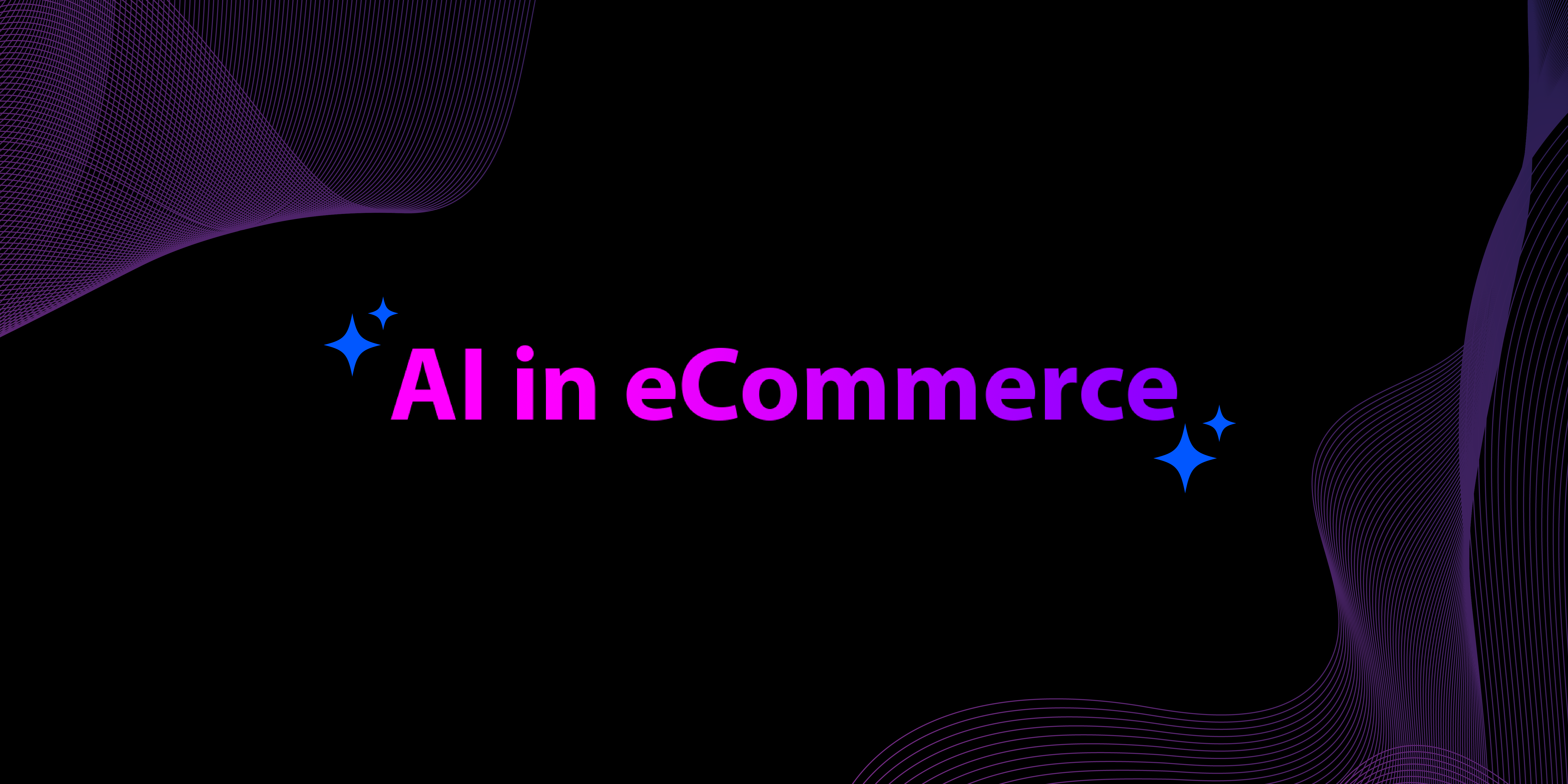

Last updated on
January 22, 2024
A pressing concern for Shopify owners is low conversion rates on their Shopify product pages. Many store owners and markets usually nail the top of funnel marketing where they'll be able to drive traffic through ads and organic reach, but usually find themselves not being able to convert these visitors. In fact, 69.57 percent of people abandon carts once on the destination product page.
To top it off, many store owners are busy running inventory, marketing, and customer support and can’t dedicate the time to optimize product landing pages for more sales. Else, they don’t have the knowledge, or the budget to hire resources to code and design these product pages.
This leaves many Shopify stores in a sticky situation: they understand they need to improve their product pages, but can’t seem to free up time or budget due to various pressing demands of their business.
Well, it’s not all gloom and doom. The eCommerce industry has identified this gap, and now many companies are offering dedicated Shopify product page functionality.
We’re going to look into one such service, our very own Mailmunch.
Mailmunch offers an intuitive, easy-to-use, no-coding required, drag and drop product page builder designed to optimize your product pages for sales.
We’ll have a look at how Mailmunch fills this gap, but first, we’ll go through what exactly product pages are, and what elements make them stand out, with the desire that this information will leave you more informed when you customize your own Shopify product pages.

In the words of the eCommerce giant themselves, A Shopify “product page is a page on a website that helps customers decide what to buy. It includes different specs and features to help answer questions, provide reviews, allow product comparison, and facilitate the buying process.”
Simply put, this is where your customers come to select and buy individual products in your store.
While your homepage serves as the main directory, navigation center for your store, a product page is a dedicated section that helps to:

When you keep these functionalities in mind, you can design product pages that facilitate your visitor’s journey in a manner where they have a pleasant shopping experience and you get to convert more sales.
If you keep in mind your visitor’s behavior and their needs. You can design product pages that:
Many of these advantages require some strategic thinking on your part, but there are many elements here that tools such as Mailmunch can easily assist with. Even for the more brainy aspects of designing a product page, Mailmunch provides you the templates to put thoughts to action.
Before we look into how Mailmunch actually helps you create outstanding Shopify product pages, let’s look into the elements that make a product page stand out.
eMarketer conducted research, digging into what affects a customer’s purchase decisions:

They found that, in decreasing order, that these were the most influential factors:
Along with these aspects of a product page, other subtle (or not so subtle) cues affect a visitor’s purchase decision. These include:
The main point to keep in mind is to tackle these elements in a manner where you’re adding value for your visitor. Either through the imagery and text or through the way the elements are arranged.
Shopify product pages by Mailmunch allow you to create pages that truly stand out. Using Mailmunch you can tweak your product pages in a variety of ways:
Using Shopify’s default themes, you might have a product page that looks something like this:

You have a basic product page that shows the title of the page ‘Audionic eTronic’, and the main supporting image. On top of this, you just get a single extra box below the title where you can add an image and a bit of additional information through Shopify’s rich text editor. The options are limited and there’s only so much you can do in this layout.
Once you’ve installed the Mailmunch app in your store though, you can open up Mailmunch and add a whole lot more to your landing pages.
Mailmunch lets you edit your Product page in a drag and drop builder, giving you options to add many more details. Your editing page looks something like this:

As you can see, you can edit pretty much anything here except for the title and main image. Go ahead and add as many pictures as you wish, as opposed to Shopify’s limitation to 1. You can add columns, different colors, headings, subheadings, timers, videos, forms, and even supported products to your landing page.
With all this added power at your disposal, you can create intricate product pages with a lot more details for your customers.
Once you’ve made your changes and published your product page, it’ll look something like this:

Your branding is one of those aspects that affects a visitor more subtly. But don’t be fooled, branding may be a subtle contributing factor to higher conversions but it’s still quite powerful.
To keep your branding consistent and for it to make an impact on your product page visitors. Make sure that you use your brand colors throughout. You can change colors of text, headings, backgrounds, and content boxes inside Mailmunch’s drag and drop editor to make them look consistent.
Keep fonts that align with your brand’s identity (you can add your own custom fonts to Mailmunch as well), and use your logo and branded iconography where suitable.
All these edits and additions create a compounding effect on your page’s look and feel, make your branding stand out, and give your page a professional look. These tweaks ultimately become a contributing factor to successful sales conversions.

Have a look at this example from Master & Dynamic’s Shopify product page. They’ve gone for a minimal product page look but they keep the colors consistent, the fonts, and copy true with their brand feel. Such factors make a buyer feel more welcome and therefore more likely to make a purchase.
The theme you chose for your product page makes a huge difference. A consistent and good-looking theme also ties in what we discussed about branding in the previous section. Choose themes that align with your brand identity and make your visitor want to spend time on your page.

Mailmunch’s product page themes
Mailmunch has a wide repository of product page themes, tested for success. They cover many business types and even cater to special holiday and marketing events. When short on time, or just looking for a suitable theme, you can go through Mailmunch’s product page themes and select the one that suits you the most.
A few edits later, you’ll have a striking product page ready in no time.
Oftentimes, an image or two doesn’t satisfy a customer who’s on the fence about buying a product. Humans, being visual creatures, process images a lot faster than text and so you can use this fact of psychology to increase your chances of a sale.
Especially with high value products and require some trust on the part of the customer, the more images you add, the more inclined they’ll feel to make a purchase.
Then some products require a confirmation from multiple angles before a customer selects them, Mailmunch allows for all these instances and lets you add as many images as you wish.
Nothing makes a customer feel safer about a purchase than hearing other people praise it. Social proof is another powerful psychological trait that humans respond to. When others agree on the positive value of a product, we become more inclined to try it out for ourselves. The opposite also holds true; negative social opinion will stop people from buying your products.

Example of testimonials on Luxy Hair
It’s quite easy to capitalize on testimonials as 30% of Online consumers have posted product feedback online (KPMG). And it’s even easier to display them on your product page using Mailmunch’s product page tool.

Mailmunch’s block added provides a lot of functionality to add testimonials. You can place them in columns, add images, links, and customer HTML code if you’re pulling testimonials from social media.
Once you have your format locked down, you can save it as a ‘block’ and re-use the template for each new testimonial or the product page.
This is a feature that’s bound to save you a lot of time. When you’re done with the design of your landing page, you can choose which product you want to apply the new designs on.

Mailmunch will show you all the available products in your store, and you can manually select which product pages you want to be affected.
This saves you from editing each product one by one, especially if you have a huge category of similar products.
Product pages are probably the most essential, yet often overlooked part of sales optimization. To make a product page stand out, focus on:
When you keep these aspects in mind, you’re putting your customer and are bound to find success with such an approach.
To implement these changes quickly and effectively, you can use Mailmunch to build stand-out Shopify product pages. We offer tons of themes, an easy-to-use editor, and seamless integration with Shopify; All aspects that save you time and help you create highly converting product pages.
If you want to test Shopify product pages by Mailmunch, sign in through your Shopify store and enter the Mailmunch app to explore all options.
Rukham is the Content Lead at Mailmunch. He believes trust should be the basis for all marketing communications.
Tags:

Hamna Abid
July 11, 2023

Hamna Abid
June 23, 2023

Ammar Mazhar
May 30, 2023